Researchers at the Charles Darwin University (CDU) in the Northern Territory (NT) have developed a solar power forecasting system called FNS-Metrics, using seasonal information from First Nations calenders, the data of which was fed into a new artificial intelligence (AI) prediction model they also designed, called Conv-Ensemble.
The outcome of the study was to achieve a solar power prediction error rate, which is less than half the error rate of current forecasting models, or a 14.6% increase in accuracy and 26.2% reduction in error compared to a strong baseline model.
With the potential to revolutionise prediction technology, researchers developed the AI model using the Tiwi, Gulumoerrgin (Larrakia), Kunwinjku and Ngurrungurrudjba First Nations calendars, and a modern calendar known as Red Centre.
Conv-Ensemble uses Conv1D-layers to pick up on big, overall patterns in the data, and transformer and long-short term memory (LSTM) networks to refine more detailed patterns, which are then combined using a machine learning, weighted feature concatenation technique to get the best possible prediction.
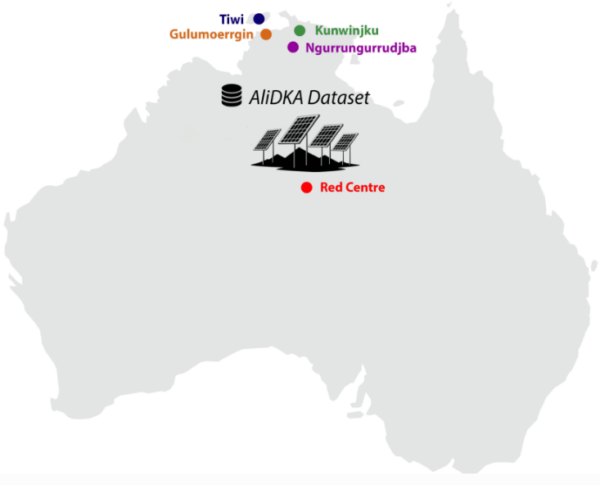
Image: Charles Darwin University
To test the approach, the researchers drew solar power and weather data from the Desert Knowledge Australia Solar Centre (DKASC) in Alice Springs, with results showing the model can predict solar power generation with a lower error rate.
CDU Co-author, PhD student and Bundjalang man Luke Hamlin said the environmental knowledge held within the calendars is an invaluable resource.
“Incorporating First Nations seasonal knowledge into solar power generation predictions can significantly enhance accuracy by aligning forecasts with natural cycles that have been observed and understood for thousands of years,” Hamlin said,
“Unlike conventional calendar systems, these seasonal insights are deeply rooted in local ecological cues, such as plant and animal behaviours, which are closely tied to changes in sunlight and weather patterns.”
Hamlin added that by integrating this knowledge, predictions can be tailored to reflect more granular shifts in environmental conditions, leading to more precise and culturally informed forecasting for specific regions across Australia.
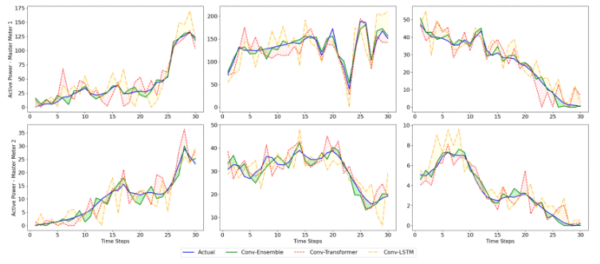
Image: Charles Darwin University
Co-Authors, Information Technology Associate Professor Bharanidharan Shanmugam and Information Technology Lecturer Dr Thuseethan Selvarajah said the combination of advanced AI and ancient First Nations wisdom could revolutionise prediction technology.
“Accurate solar power prediction is challenging, and these challenges hinder the development of a universal prediction model,” Shanmugam said.
“The success of the proposed approach suggests that it could be a valuable tool for advancing solar power generation prediction in rural areas, and in future work we’ll explore the applications of the model to other regions and renewable energy sources,” Selvarajah said.
A paper on the study, Conv-Ensemble for Solar Power Prediction with First Nations Seasonal Information was published in IEEE Open Journal of the Computer Society.
This content is protected by copyright and may not be reused. If you want to cooperate with us and would like to reuse some of our content, please contact: editors@pv-magazine.com.
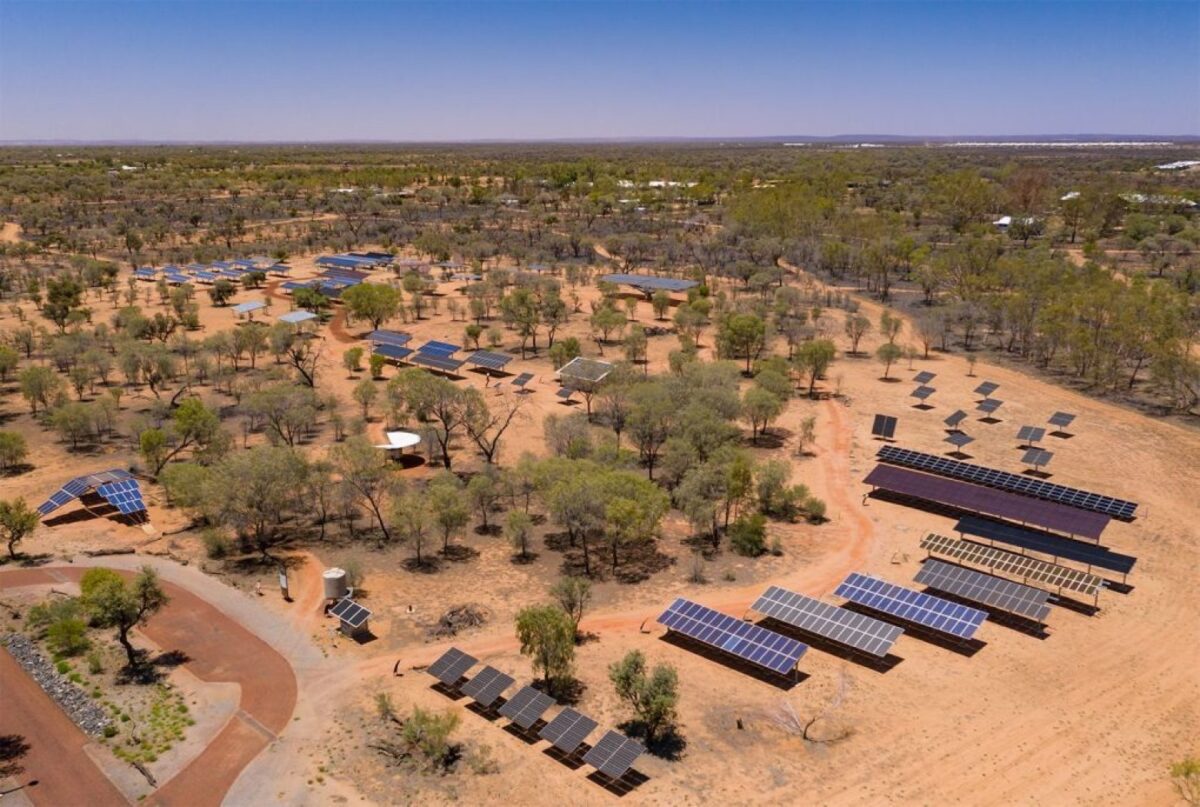



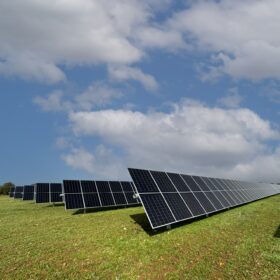

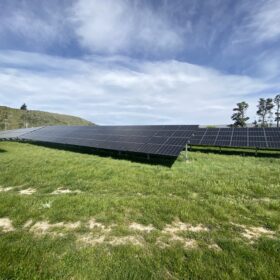
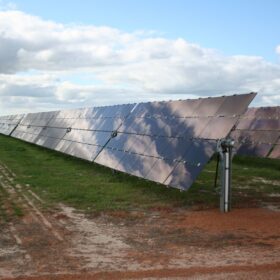
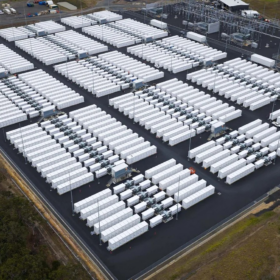
Hi Ev,
It was very much appreciated and timely for NAIDOC week, to read your article “First Nations wisdom improves AI solar power prediction model by 14.6%”.
Also, I think it would be timely to have “is new to pv magazine” removed from your bio!